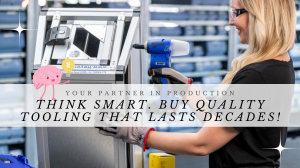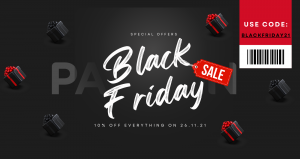Checkout
Shopping Cart
0 Item - £0.00
Part-on Tools Blog
17 July 2019
What is lean production?
Lean production is an approach to management that focuses on cutting out waste, whilst ensuring quality. This approach can be applied to all aspects of a business – from design, through production to distribution. Lean production aims to cut costs by making the business more efficient and responsive to market needs.
The Lean Principles
Identify Value
· Review their product and service from the eyes of the customer
· How does the product help the customer do his job, accomplish his mission, improve his position?
· Determine the unique value their product or service provides.
Map the Value Stream
· Enables Lean teams to understand how value flows through the organization - and more importantly, where it gets stuck.
· A physical ‘map’ of the organization, which outlines every step of the process for each part of the business: production, R&D, marketing, HR, etc.
Create Flow
· analysing each step in the process, finding ways to maximize efficiencies, and reducing waste.
· Lean teams optimize flow in all aspects of the business -- not just the production
· EG: A Lean manager might ask her team: What tools do we need for each step and are each of these tools needed every day for production to run smoothly? Can we abandon the traditional assembly line model and approach the production process in a new way that reduces the lag time between steps?
Establish Pull
· consider the customer’s perspective on the final product, effectively looking at the operations of the business in reverse on the value stream maps
· Instead of investing in materials, production, and then storage to be ready for a customer’s order, Lean teams can use the customer’s true needs to direct a more sensible model saving cost, space, time, and resources.
Seek Perfection
· identifies areas of improvement and implements meaningful change, seeking the most efficient processes to bring the greatest value to the customer.
· constantly analyse each process for the increase in value (reduced cost, time, resources used, space, etc.).
· focus on the elements that add value and eliminate those that do not.
· the goal is not perfection (which is unattainable), but rather, the pursuit of it -- a concept otherwise known as continuous improvement.
Waste
· The aim of lean is to continually increase productivity due to the constant growing cost pressure.
· Aiming for the detection and avoidance of waste
· Waste refers to all process steps that do not directly contribute to adding value. This waste should be avoided be continually reduced, with the aim of creating virtually waste-free production.
The seven types of waste (Boschrexroth.com, 2019)

Ergonomics
Ergonomics is the study of people's efficiency in their working environment.

Ergonomics considers:
■ The demands on the worker
■ The equipment used
■ The information used (how it is presented, accessed, and changed).
By assessing people’s abilities and limitations, their jobs, equipment and working environment and the interaction between them, it is possible to design safe, effective and productive work systems
Applying ergonomics to the workplace can:
■ reduce the potential for accidents
■ reduce the potential for injury and ill health
■ improve performance and productivity
The 5S Industry Process
5S describes the steps of a workplace organization process.

1. Sort
o Distinguishing between necessary and unnecessary things, and getting rid of what you do not need
2. Straighten
o The practice of orderly storage so the right item can be picked efficiently (without waste) at the right time, easy to access for everyone. A place for everything and everything in its place.
3. Shine
o Create a clean worksite without garbage, dirt and dust, so problems can be more easily identified (leaks, spills, excess, damage, etc)
4. Standardise
o Setting up standards for a neat, clean, workplace
5. Sustain
o Implementing behaviours and habits to maintain the established standards over the long term, and making the workplace organization the key to managing the process for success
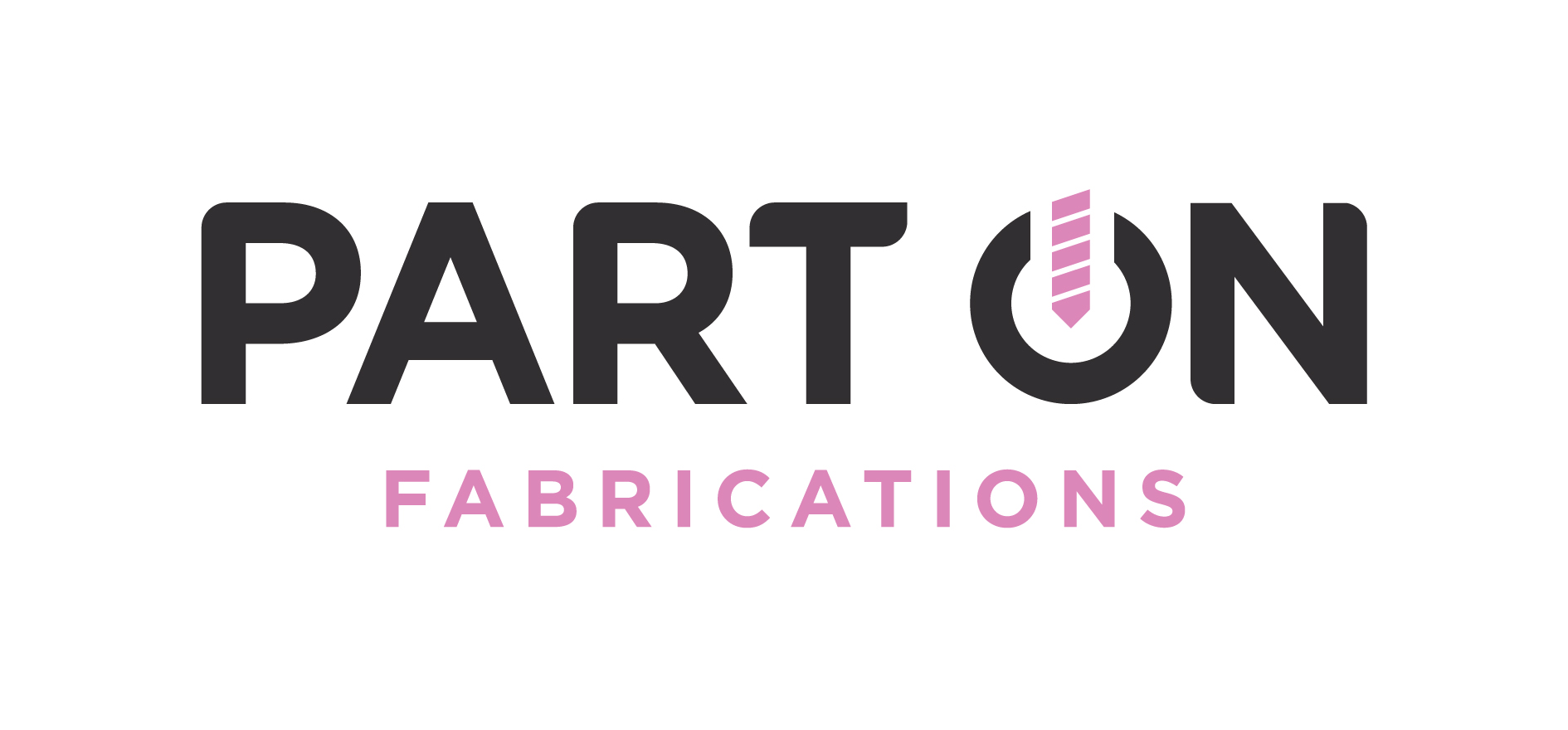
Here at Part-On we offer a solution to aid the lean journey in your business'.

Black Friday November 2023 | Deals You Dont Want To Miss!
Mega Deals Available For Applicable Orders Received By 30th November 2023!
Read More
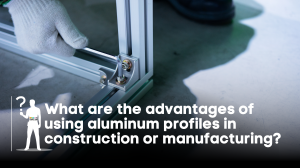
What are the advantages of using aluminum profiles in construction or manufacturing?
The Advantages of Using Aluminium Profiles in Construction and Manufacturing
Read More

What is a rivet and how do they work?
Exploring the Versatility of Blind Rivets: How They Work and Why They're Essential.
Read More
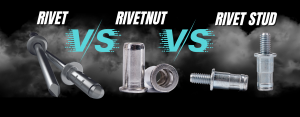
Learn The Difference | Rivets, Rivet Nuts & Rivet Stud's |
What Is The Difference Between, Rivets, Rivet Nuts and Rivet Stud's? | Learn Today | Industrial Fastening Knowledge
Read More
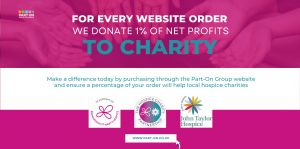
Part-On in support of Birmingham Hospice
Part-On will be donating 1% of net profits for all website orders received starting from Jan 2023!
Read More

Halloween 2022 - 7 DAYS OF OFFERS
Spooky deals this Halloween season, Don't miss out of Part-On's 7 days of offers!
Read More
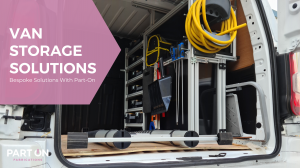
Van Storage Solutions With Part-On!
Work Better With A Tidy Van, Choose a Bespoke Storage Solution For Your Van Today!
Read More

Bauble Garland - Get Christmassy With Part-On
Get In The Christmas Mode Using Part-On's Welded Wire Mesh!
Read More
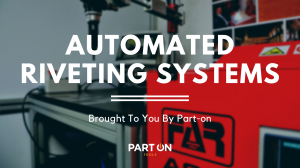
Automated Riveting System 101 With Part-On
Learn more about automated riveting systems and how they may benefit your business now!
Read More
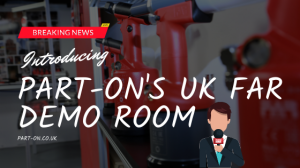
Part-On Have Launched FARs Only Demo Room in the UK!
Part-On have launched the first UK demo room for our trusted supplier FAR Bologna!
Read More

SPOOKY DEALS - COUPON CODES AVAILABLE!
Halloween Coupon Codes Exclusively At Part-On! | Sale | Offers | Voucher Code | Coupon Code
Read More
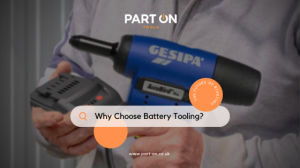
Battery Tools Or Air Tools? Which Is Better?
Ensure you are purchasing the best tool for your applications and business! Learn More With Part-On
Read More
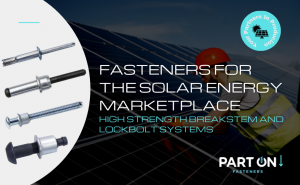
Fasteners For The Solar Industry
Fastening systems quick and simple to place, durable and long lasting making them the ideal solution for solar energy applications!
Read More
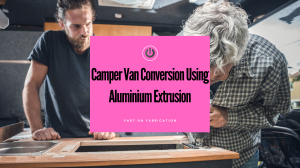
Using Aluminium Extrusion For Van Conversions
Lightweight Materials To Create Smart, Cost effective and Space Saving Camper Conversion Products
Read More
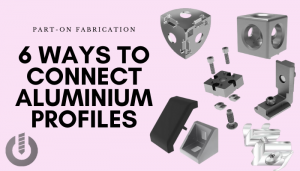
6 Ways To Connect / Join Aluminium Extrusion
There is numerous techniques / products to assist with joining the aluminium profile, all of which will be specific to the performance requirements of the extruded profile.
Read More
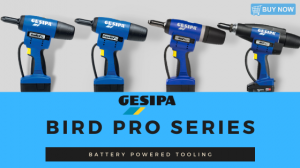
GESIPA Bird Pro Series
The Manufacturer-Independent Battery System - Gesipa Tooling; Robust & Reliable.
Read More



